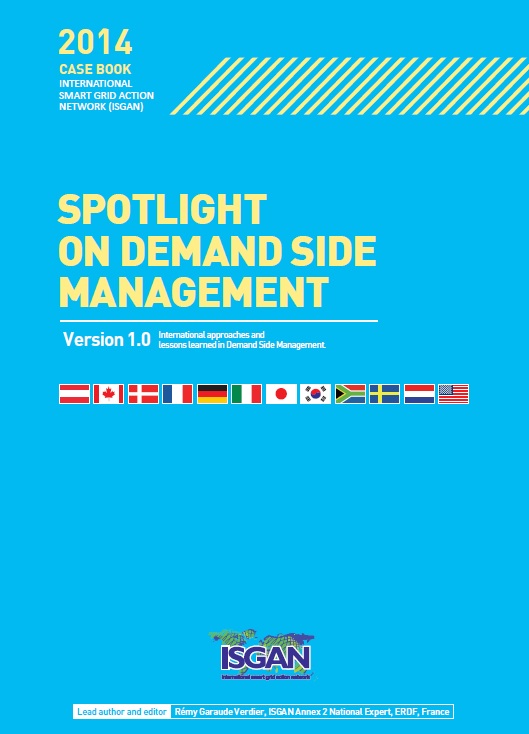Publications
Type
Year
Working Group
This discussion paper explores the intersection of smart grid technology, policy, and regulation from a non-technical point of view, focusing on some specific questions relevant for decision makers.
The objective of ISGAN's Annex 3 is to develop a global framework and related analyses that can identify, define, and quantify in a standardized way the benefits which can be realized from the demonstration and deployment of smart grids technologies and related practices in electricity systems.
An extension of microgrids is now underway, primarily to allow increased electrification in growing economies but also to meet the need to reduce global CO2 emissions and to provide ancillary services to centralized grids.
The AMI case book includes six case studies providing qualitative insights into the potential costs and benefits of advanced metering infrastructure (AMI), and the associated business cases for investment.
This report summarizes the unified assessment framework used in the 2014 survey, the analysis methodology, and the analysis results of smart grid motivating drivers and technologies at both the national level and multinational level.
An Overview of current interaction between transmission and distribution system operators and an assessment of their cooperation in Smart Grids.
To create a seamless cost-effective electricity system, from generation to end use, capable of meeting all energy demand and capacity requirements, while allowing consumer participation and electricity use as desired.
Flexible and resilient electricity systems are vital to the deployment and integration of many clean energy technologies. Electricity networks worldwide are under increasing stress, because the sources and uses of electric power are becoming progressively more varied and complex.
A rapid expansion of the introduction of microgrids is underway universally, primarily to allow increased electrification in growing economies, but also to meet the need to reduce global CO2 emissions and to provide ancillary services to centralized grids.
The lessons learned and best practices presented in the twelve case studies included in this case book provide qualitative insights into the complexity of deploying Demand Side Management (DSM) initiatives.







